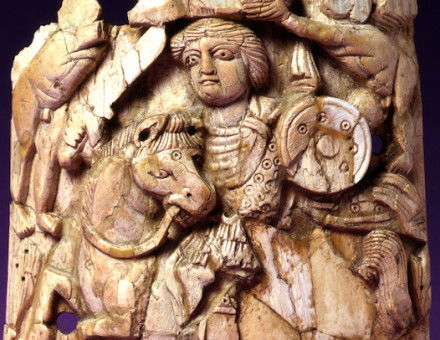Controlling the Screen: The British Cinema in the 1930s
Films interest the modern historian for they reflect the preoccupations and conventions of an age. In this article, Jeffrey Richards shows how the British cinema-goer in the 1930s saw the world according to the British Board of Censors.
By the middle of the 1930s some 18 million people a week in Britain went to the cinema and it was undoubtedly the most popular commercial leisure time activity of the decade. But of the millions who queued outside their local Odeon or Roxy to see the latest Gracie Fields or Jessie Matthews musical, the latest George Formby or Jack Hulbert comedy, the latest Alfred Hitchcock thriller or Alexander Korda epic, few probably gave much thought to the process by which the content of these films was determined. It was not just a matter of artistic or commercial judgement, for the film industry operated within very strict guidelines provided by the British Board of Film Censors.
The British Board of Film Censors had been set up by the industry itself in 1912 as an act of self-preservation: it sought by centralised self-censorship to preclude the possibility of local licensing authorities, estimated at some 700 in 1932, giving different verdicts on the suitability for showing of films. Such an uncertain situation would have constituted a clear threat to the industry's financial viability.





